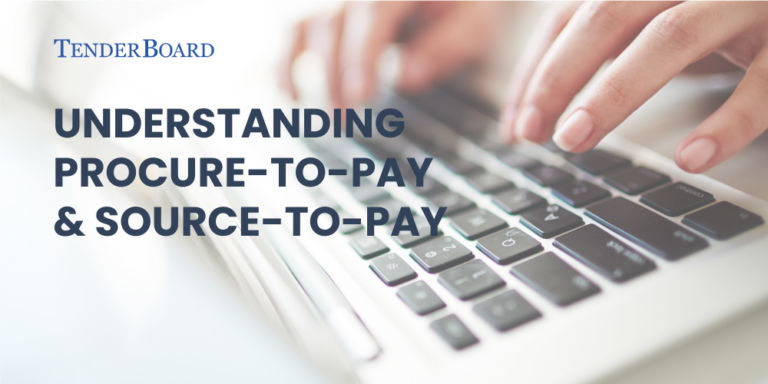The adoption of a procurement system is a significant decision that requires careful planning, coordination, and collaboration. While the benefits of implementing an efficient procurement system are well-established, the migration process itself is not widely discussed, making it challenging for procurement teams to prepare the organisation for the switch.
In this article, we will explore the key steps involved in adopting procurement systems, from selecting the right vendor to planning the implementation strategy and successfully going live. Understanding these steps can help you better prepare for the process and convince your organisation to adopt a procurement system.
Selecting a System and Vendor
The first step is reviewing the different procurement systems and the vendor who will be implementing the solution for you. With a wide range of procurement solutions available, it’s crucial to choose the one that best aligns with your organisation’s needs. Additionally, it is important to evaluate the vendor itself to ensure they are dedicated to your success.
When picking a procurement system, consider whether it improves procurement efficiency, can be easily configured to fit your specific requirements, allows for customization of forms to meet your needs, and offers approval workflows that align with your governance. Equally important is assessing the vendor’s familiarity with procurement processes, their transparency about the implementation team, and their in-depth knowledge of the solution. These factors play a significant role during implementation and post-go-live, as you rely on the vendor for support and guidance. Thus, selecting a vendor that is reliable and knowledgeable is crucial for a successful procurement system implementation.
Planning Your Implementation Strategy
Once you have selected a vendor for your procurement system, the next step is to plan the implementation strategy. This involves creating a detailed project plan that outlines key milestones and timelines, ensuring a smooth and organised deployment. It is important to prepare and share your organisation’s processes and relevant documents with the vendor, enabling them to understand your existing workflows and effectively plan the migration process. This knowledge is vital for the vendor, as they will be assisting you with the system configuration and need to have a clear understanding of what and how you will be migrating. During kickoff meetings, vendors typically engage in discussions, ask pertinent questions, and collect sample forms to configure the system accurately according to your specific needs and requirements. This collaborative planning stage sets the foundation for a successful implementation of your procurement system.
Implementation
The implementation process of a procurement system can vary depending on the vendor’s approach. Two common styles of implementation are the traditional and agile methods. In the traditional approach, requirements are collected, the system is configured, and then it goes live. This approach is often faster; however, users may encounter more issues when using the system. This can be attributed to outdated requirements from manual or previous processes, which may cause issues in the new system. Additionally, making changes after go-live can be challenging due to the system’s configuration.
On the other hand, the agile approach is a longer process but has a higher success rate. It involves an iterative process of collecting requirements, gathering feedback, and implementing changes. This approach allows for testing and refining processes as requirements are being fitted into the system. It provides users with time to adjust to the new system and accommodates changes before the next phase of configuration. Ultimately, the agile approach promotes a smoother transition and better user adoption of the procurement system.
Once the system has been configured and tested, the procurement system is ready to go live. To facilitate a smooth transition, comprehensive training sessions will be conducted to familiarise users with the new system. Training materials and guides will also be shared to serve as references for users as they navigate the system. Additionally, vendors typically continue their collaboration with the organisation to refine the implementation process and address any bugs or issues that may arise after the go-live phase. This ongoing support ensures that any post-implementation challenges are addressed promptly, allowing for a seamless and optimised user experience. The vendor’s continued involvement during this critical period further enhances the success and effectiveness of the procurement system.
Conclusion
Adopting a procurement system is a transformative journey that requires careful planning, meticulous vendor selection, and effective implementation strategies. While the process may not be quick, the long-term benefits of a well-implemented system are worth the effort. By reviewing and selecting the most suitable software and vendor combination, organisations can streamline their procurement processes and pave the way for improved efficiency, cost savings, and enhanced supplier relationships. Choose an e-procurement system that integrates seamlessly with other systems to create a powerful ecosystem for your organisation’s operations. Remember, flexibility and agile project management from the vendor are crucial for a successful implementation.











